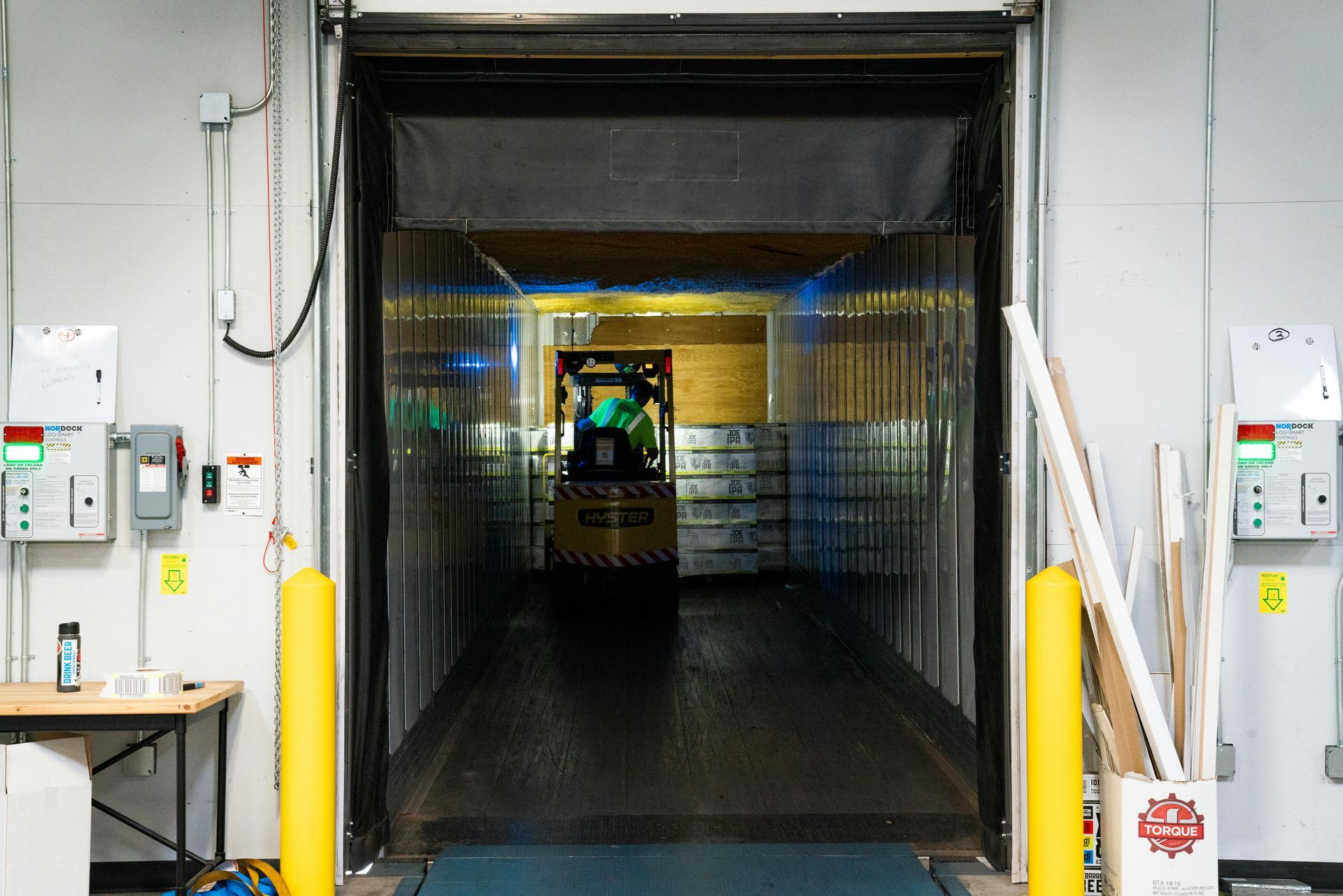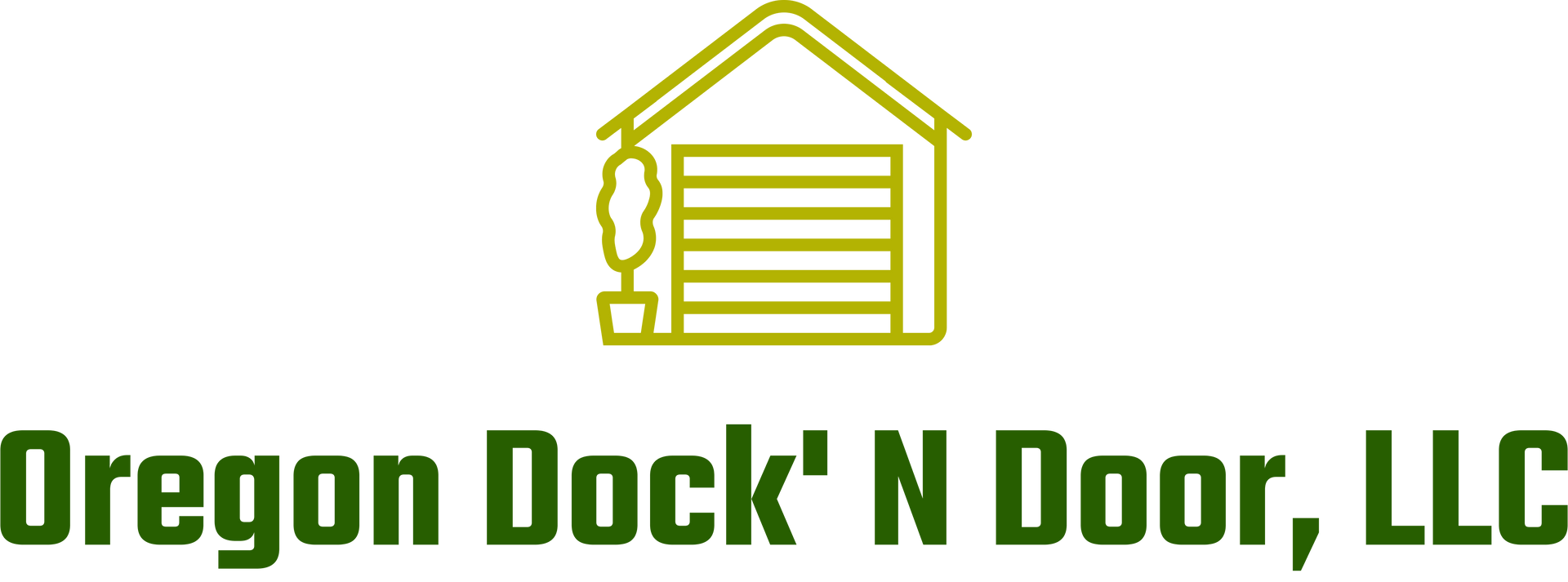Why Your Commercial Dock Needs Regular Safety Inspections
You want your commercial dock safe, sturdy, and ready to roll, right? Regular safety inspections catch problems early—like loose boards or trip hazards—before they cause costly repairs or accidents. They keep your team safe, boost morale, and help you follow the rules without a headache. Plus, spotting issues sooner means less downtime and fewer surprises. Stick with me, and I’ll share how inspections turn your dock into a safer, smoother-running part of your business. Learn more about the areas we serve and how we can support your dock’s performance.
Key Takeaways
- Regular safety inspections identify hazards early, preventing accidents and ensuring a secure working environment on the commercial dock.
- Inspections detect structural issues like cracks or loose boards, reducing costly repairs and minimizing operational downtime.
- They ensure employee safety by verifying proper use of equipment, clear walkways, and visible safety signage.
- Timely maintenance from inspections saves money by avoiding emergency repairs and extending dock lifespan.
- Inspections foster a culture of safety, promoting teamwork, accountability, and continuous safety education among dock employees.
The Role of Safety Inspections in Preventing Dock Accidents
Even though docks might seem like just simple loading spots, they can actually be pretty risky if you’re not careful. When you think about dock safety, it’s not just about having a few signs or rules posted. It’s about regularly checking the whole area to spot anything that might cause accidents before they happen. That’s where safety inspections come in—they’re like your dock’s personal health check-up. By doing a thorough risk assessment, you catch hazards like slippery spots, broken boards, or loose railings early on. This way, you’re not just reacting to problems but preventing them. Plus, when everyone on your team knows you’re serious about dock safety, it builds trust and a sense of belonging. You’re showing you care about their well-being.
Identifying Structural Issues Before They Escalate
You’ve got to keep an eye out for those little cracks or loose boards before they turn into big headaches. Catching these early signs means you can fix things quickly, saving you from costly repairs down the road. Think of it like spotting a tiny leak before your whole dock decides to throw a tantrum! Tools like regular dock leveler inspections or replacing dock bumpers when they start to wear down are all part of the game.
Early Signs Detection
When you know what to look for, spotting early signs of trouble on a commercial dock is a lot like catching a sneeze before it turns into a full-blown cold. These early warnings help you stay ahead with risk assessment, keeping your dock safe and sound. You don’t have to be an expert—just keep an eye out for:
- Cracks or splits in the wood or concrete
- Loose or missing bolts and fasteners
- Rust or corrosion on metal parts
- Uneven surfaces or sagging areas
Noticing these little things early means you can fix them before they become big headaches.
Think of it as your dock giving you a friendly nudge to act. Staying on top of these signs keeps your dock sturdy, safe, and ready for whatever comes its way.
Preventing Major Damage
Spotting those early signs like cracks or loose bolts is like catching a small leak before it floods the whole place. When you commit to regular dock maintenance, you’re actually saving yourself from big headaches down the line. Ignoring these little issues can let them grow into serious structural problems that cost a fortune and put everyone’s safety at risk. By sticking to safety protocols and doing routine inspections—including those for your dock seals and shelters—you’ll catch trouble before it escalates. It’s kind of like being part of a team that looks out for each other—your dock included.
Enhancing Employee Safety and Compliance
Even though safety might sound like a no-brainer, making sure every employee stays protected on commercial docks takes more than just common sense. You want your team to feel secure and know exactly what to do when things get busy. Regular safety inspections help you spot risks before they turn into accidents, which keeps everyone in the loop and ready. Plus, they reinforce your employee training and safety protocols, so no one’s left guessing.
Here’s how inspections boost safety and compliance for your crew:
- Catch worn-out gear early, so nobody uses unsafe equipment
- Keep walkways clear of hazards that could cause trips or falls
- Make sure safety signs are visible and easy to understand
- Confirm everyone’s following the latest safety protocols with no shortcuts
When your dock is safe, your team feels like a real squad—looking out for each other and getting the job done right.
Reducing Downtime Through Early Problem Detection
You know how a little crack today can turn into a big problem tomorrow? Spotting wear and tear early helps you stop equipment failures before they mess up your whole operation. Catching these issues fast means less downtime and more smooth sailing at your dock.
Identifying Wear and Tear
A few small cracks or rust spots might seem harmless at first, but catching them early can save you from big headaches later. When you spot wear indicators, you know it’s time to jump on maintenance before things get serious. Staying on top of your maintenance schedules isn’t just about rules—it’s about keeping your dock safe and sound for everyone who uses it. That includes keeping an eye on high-impact components like dock levelers, bumpers, and shelters.
Here’s what to watch for:
- Cracks or chips in decking or support beams
- Rust patches or corrosion on metal parts
- Loose bolts, nails, or fasteners
- Worn or frayed dock bumpers and seals
Preventing Equipment Failures
Since docks face constant use and weather changes, equipment can fail when you least expect it. Regular safety inspections help catch little problems before they turn into big headaches. By sticking to a smart inspection frequency, you keep your equipment maintenance on point and avoid surprise breakdowns. Think of it like giving your dock a regular check-up—prevention is way better than scrambling to fix something last minute.
| Equipment Part | Common Issue | Inspection Frequency |
|---|---|---|
| Dock Leveler | Hydraulic leaks | Monthly |
| Loading Ramps | Loose bolts | Bi-weekly |
| Safety Rails | Rust and corrosion | Monthly |
| Lighting | Burnt-out bulbs | Weekly |
| Control Panels | Electrical faults | Monthly |
Minimizing Operational Interruptions
Even when everything seems to be running smoothly, small hiccups can sneak in and cause big delays if you’re not careful. That’s why keeping up with regular safety inspections is a game-changer for your dock efficiency. Spotting tiny problems early means you can fix them before they turn into major headaches that halt your operations.
Here’s how smart inspection scheduling helps you minimize downtime and keep things humming:
- Catch wear and tear before it causes a breakdown
- Avoid surprise repairs that throw off your schedule
- Keep your team confident and safe, which boosts productivity
- Save money by fixing issues early, not later
Cost Savings From Timely Maintenance and Repairs
While it might be tempting to put off maintenance or repairs on your commercial dock, doing them on time can actually save you a bunch of money in the long run. When you stay on top of issues early, you avoid bigger, pricier problems down the road. It’s like fixing a tiny leak before it floods your whole basement—it just makes sense.
Plus, regular inspections help you spot wear and tear before it turns into a full-blown emergency, which means fewer surprise expenses. Keeping up with maintenance also boosts your cost efficiency, letting you plan your budget proactively instead of scrambling to cover unexpected repairs. When you budget this way, you’re not just saving cash, you’re also reducing stress. Plus, your dock stays safe and reliable, keeping your whole team happy. So think of timely repairs as a smart investment that keeps your dock—and your wallet—in great shape.
Meeting Regulatory Requirements and Industry Standards
Although it might seem like a hassle, keeping your commercial dock up to code is super important—and it’s not just about avoiding fines. Staying on top of regulatory compliance means you’re protecting your team and your business, and that sense of security feels pretty great. Plus, following industry standards keeps your dock running smoothly, so everyone can do their job without worry.
Here’s why you’ll want to stay in the know:
- Keeps you aligned with local, state, and federal rules
- Minimizes legal risks and costly penalties
- Guarantees your dock meets safety and operational benchmarks
- Builds trust with employees and clients who know you care
When you keep up with inspections, you’re not just ticking boxes—you’re joining a community that values safety and professionalism.
Building a Culture of Safety in Your Workplace
Creating a strong safety culture starts with you and the vibe you set at your dock. When you prioritize safety training, you’re not just checking a box—you’re showing your team that their well-being truly matters. Think of it as building a crew where everyone watches each other’s backs. Employee engagement plays a huge role here; when your team feels involved and heard, they’re more likely to speak up about hazards or suggest smarter ways to work. It’s like turning safety into a team sport where everyone’s got a position and a purpose. Regular safety talks, hands-on training, and open conversations help keep everyone on the same page—and keep those accidents at bay.
Frequently Asked Questions
How Often Should Commercial Docks Be Inspected for Safety?
You should schedule inspection frequency based on your dock’s usage and local regulations. Staying consistent guarantees safety compliance and helps you protect your team, creating a safer space where everyone feels valued and secure.
Who Is Qualified to Perform Commercial Dock Safety Inspections?
You probably think anyone with a clipboard can inspect your dock, right? Actually, only certified pros with strict inspector qualifications meet certification requirements. You’ll want someone who truly belongs to the safety-savvy club protecting your dock.
What Tools Are Used During a Commercial Dock Safety Inspection?
You’ll use inspection tools like moisture meters, flashlights, and measuring tapes alongside safety equipment such as helmets and gloves. These help you thoroughly check your dock, keeping everyone safe and part of a responsible team.
Can Weather Conditions Affect Dock Safety Inspections?
Yes, weather impact plays a big role in inspection scheduling. You’ll want to avoid extreme conditions that can hide issues or create hazards, ensuring your team stays safe and your dock stays reliable for everyone involved.
Are There Insurance Benefits for Regularly Inspecting Commercial Docks?
You can earn insurance discounts by regularly inspecting your commercial dock, which shows you care about safety. This proactive approach often improves liability coverage, making you a trusted member of your industry’s responsible community.
Final Thoughts
I know what you’re thinking—“Safety inspections sound like a hassle and a waste of time.” But honestly, skipping them can cost you way more in repairs, downtime, and even accidents. Regular checks catch problems early, keep your team safe, and help you follow the rules without stress. Think of inspections like a quick pit stop for your dock—they keep everything running smooth and save you headaches down the road. So, why skip?
If you want to see the kind of results a well-maintained dock can deliver, check out our project portfolio and read customer reviews from businesses like yours. Ready to take the next step? Contact us today to schedule your dock safety inspection.
Share this article



